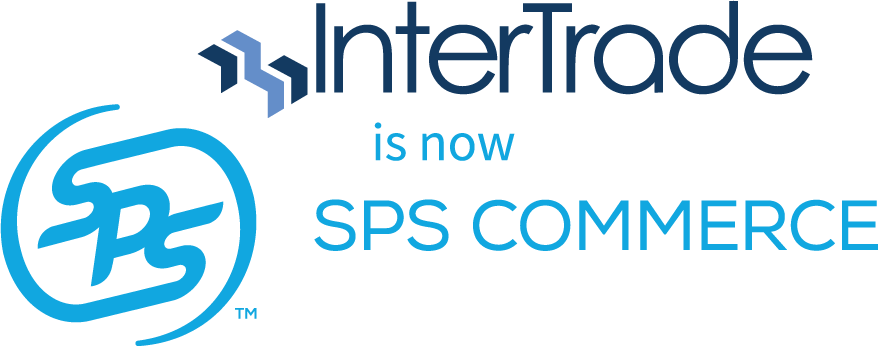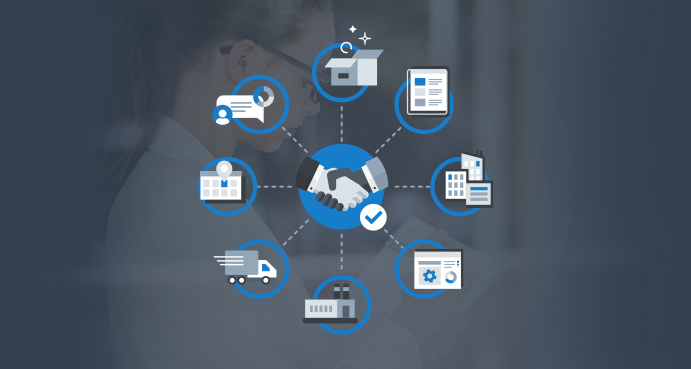Today’s fickle online shoppers are always on the hunt for the next new thing. To keep up with consumer demand and changing expectations, retailers need to constantly seek new suppliers and get them up to speed in a hurry. A task that’s often easier said than done. Here’s a look at some of the most common supplier onboarding challenges and how to tackle them.
What is supplier onboarding?
Essentially, supplier onboarding involves registering new suppliers to a retailer’s system to do business with them. In reality, it’s rarely that simple. Suppliers need to understand and fulfill the retailer’s needs and expectations regarding data exchange, inventory, ordering, shipping, billing, and otherwise. And all of this needs to happen overnight!
What are the most common challenges?
One of the biggest challenges that arise when it comes to supplier onboarding is speed. It’s a slow process that can drag on for months, involving supplier approval, manually entering and verifying critical supplier data. In the meantime, potential customers have moved on to the next retailer who has what they’re looking for.
Many suppliers don’t have suitable electronic data exchange systems and are reluctant to set them up. It may be due to cost, time, or simply not understanding how to go about it. At times, retailers resort to manual processes—such as email, phone, or fax—to place their orders, leading to other problems, such as human-introduced errors, incorrect product information, lost orders, shipping delays, and invoicing nightmares.
Another common challenge is trying out new suppliers. Ideally, before a retailer decides to do business in the long term with a new supplier, they would test them out. Why? To make sure it’s a good fit for products, business relationships, and more. But since the onboarding process can be so time-consuming and resource-intensive, many retailers skip this vital vetting step—only to pay for it down the road.
What are the solutions?
One way to simplify the onboarding of suppliers is through EDI (electronic data interchange). What is an EDI? A digital system permits trading partners to exchange documents and data using a standardized electronic format automatically. EDI provides both the retailer and the supplier with a common language and business processes that allow all the supply chain players to communicate efficiently, significantly speeding up the onboarding process.
Digitizing the onboarding process through EDI will drastically reduce the number of human-introduced errors. It will also save time and money as it requires fewer resources, from human labour to paper and storage costs.
Moving from emails and spreadsheets to a centralized system allows companies to gather valuable data from their suppliers to create more in-depth and accurate supplier profiles.
Streamlining supplier onboarding through EDI will make the onboarding process more pleasant and less demanding for suppliers and their employees. In turn, it will make for better business relationships. Not to mention that providing reluctant suppliers with a smooth and straightforward onboarding process will help ensure compliance with standards.
Contact InterTrade today to learn more about how an EDI solution can help your business streamline its supplier onboarding process to accelerate the process while cutting costs, reducing errors, and strengthening business relationships.




